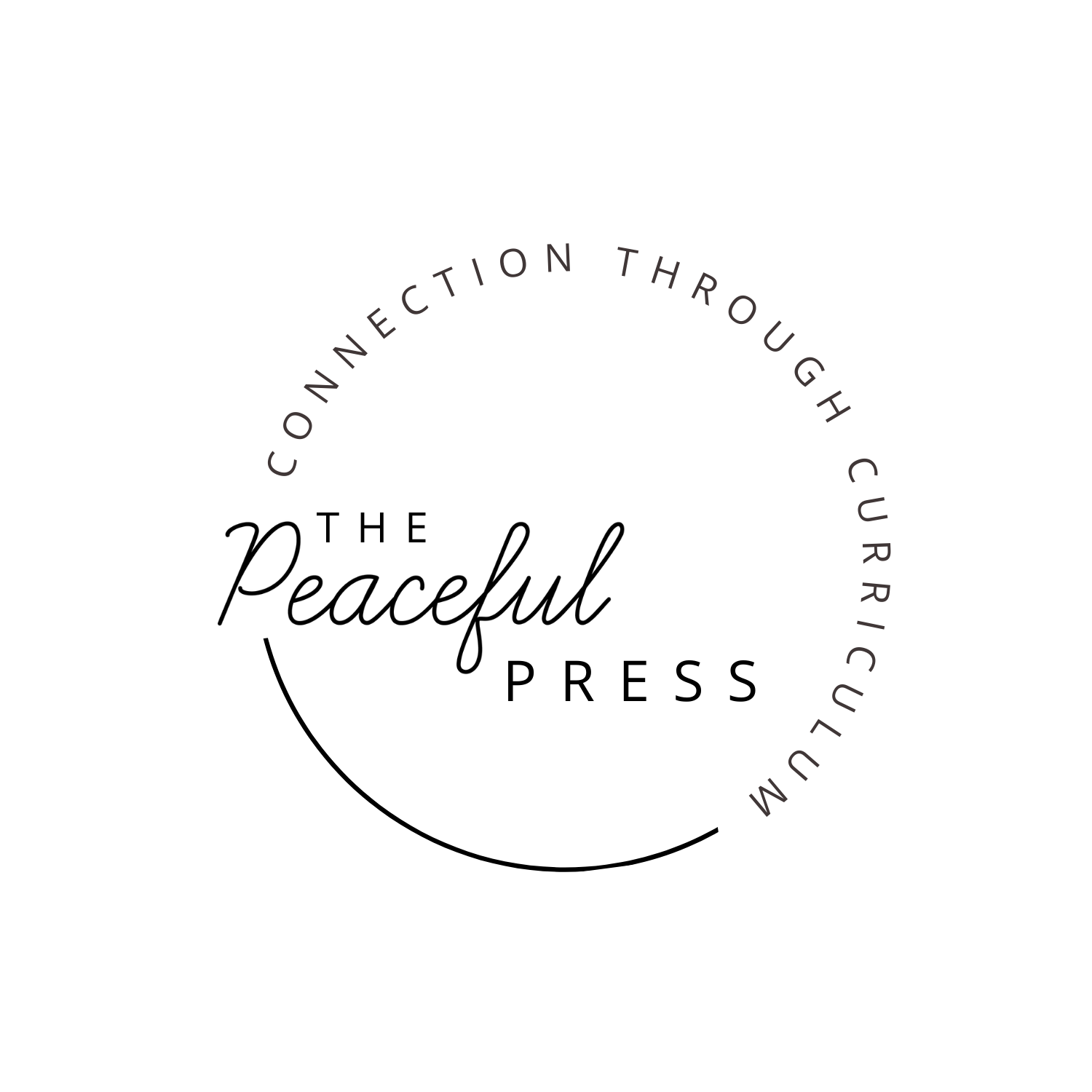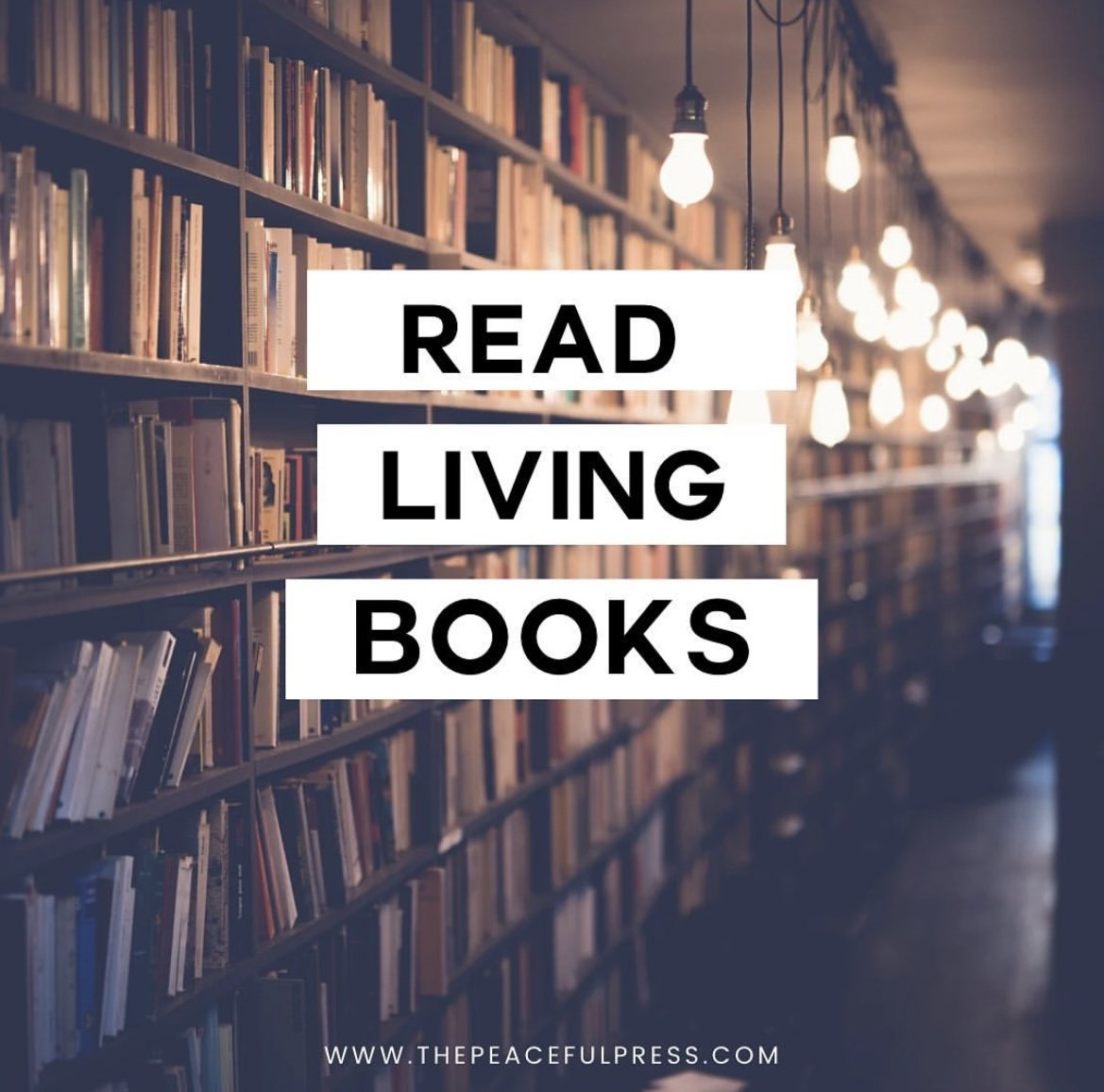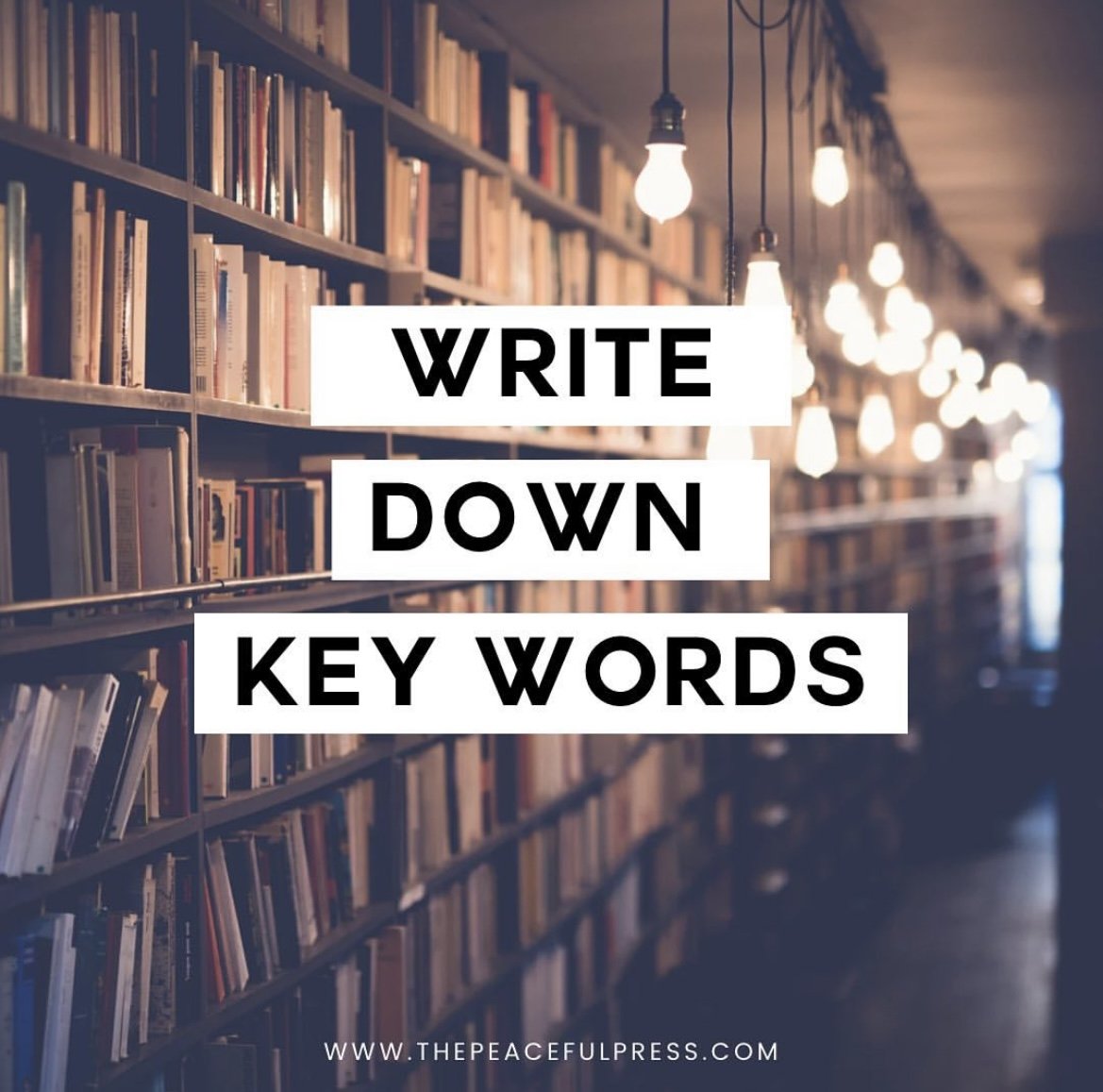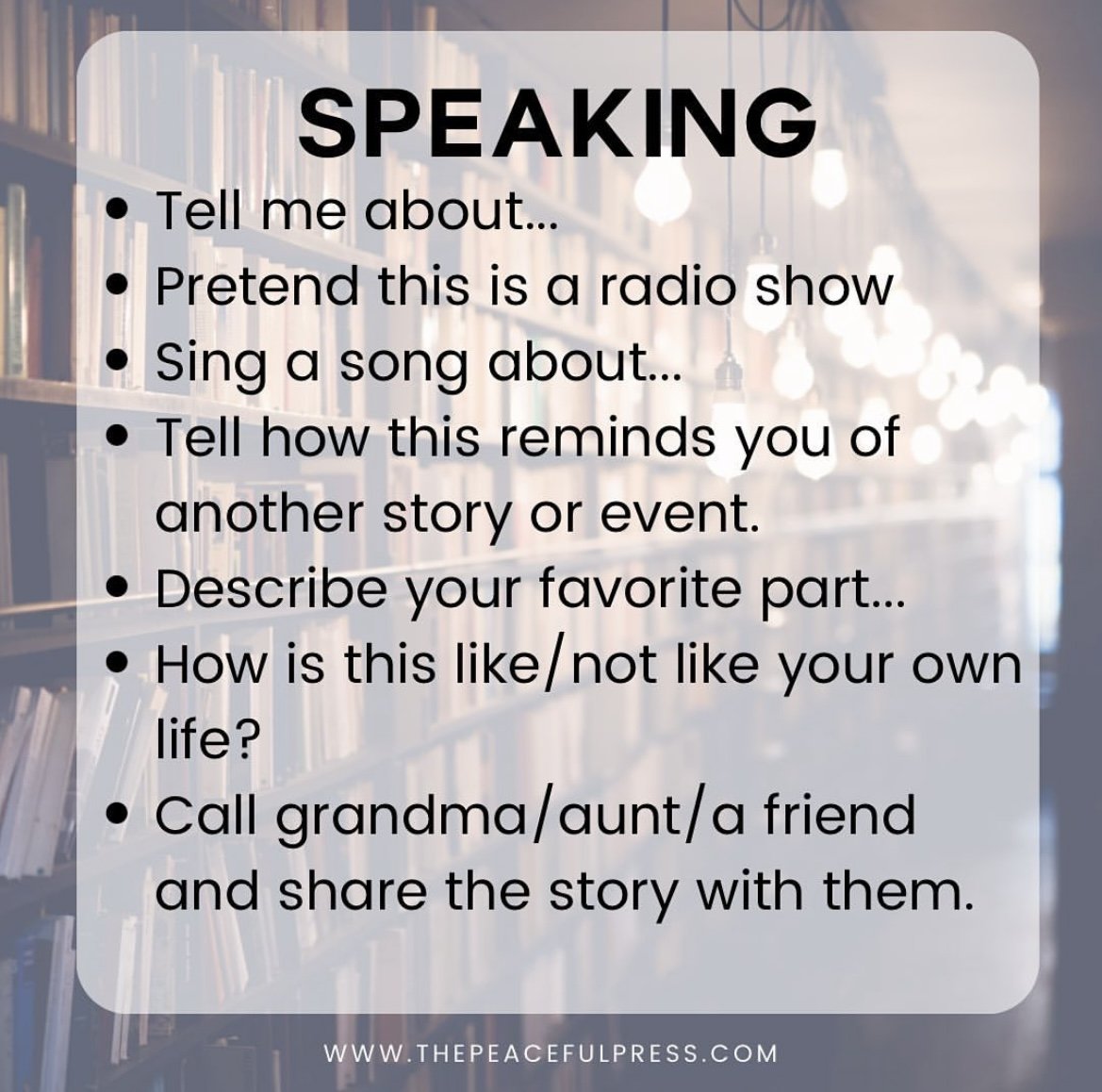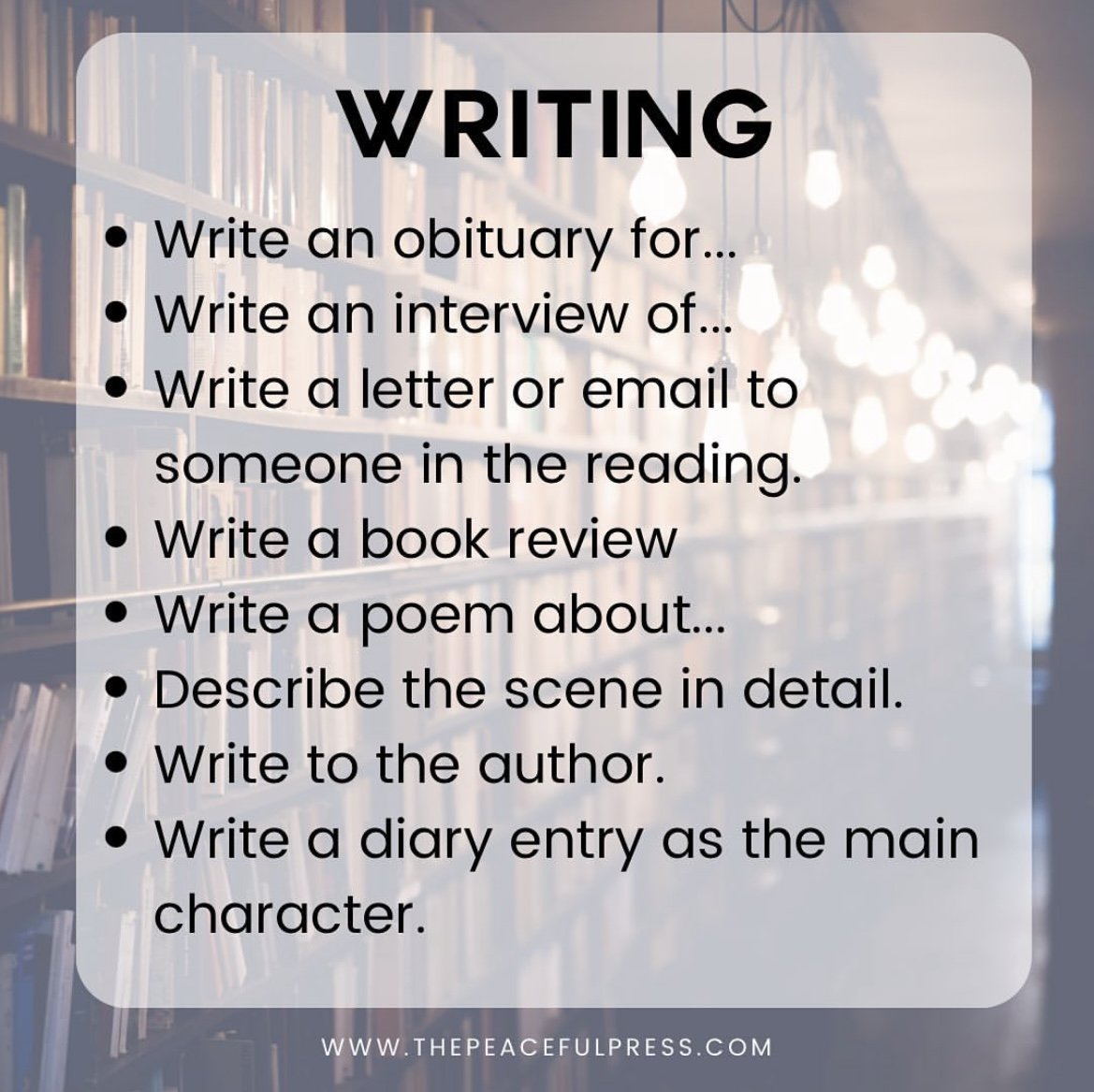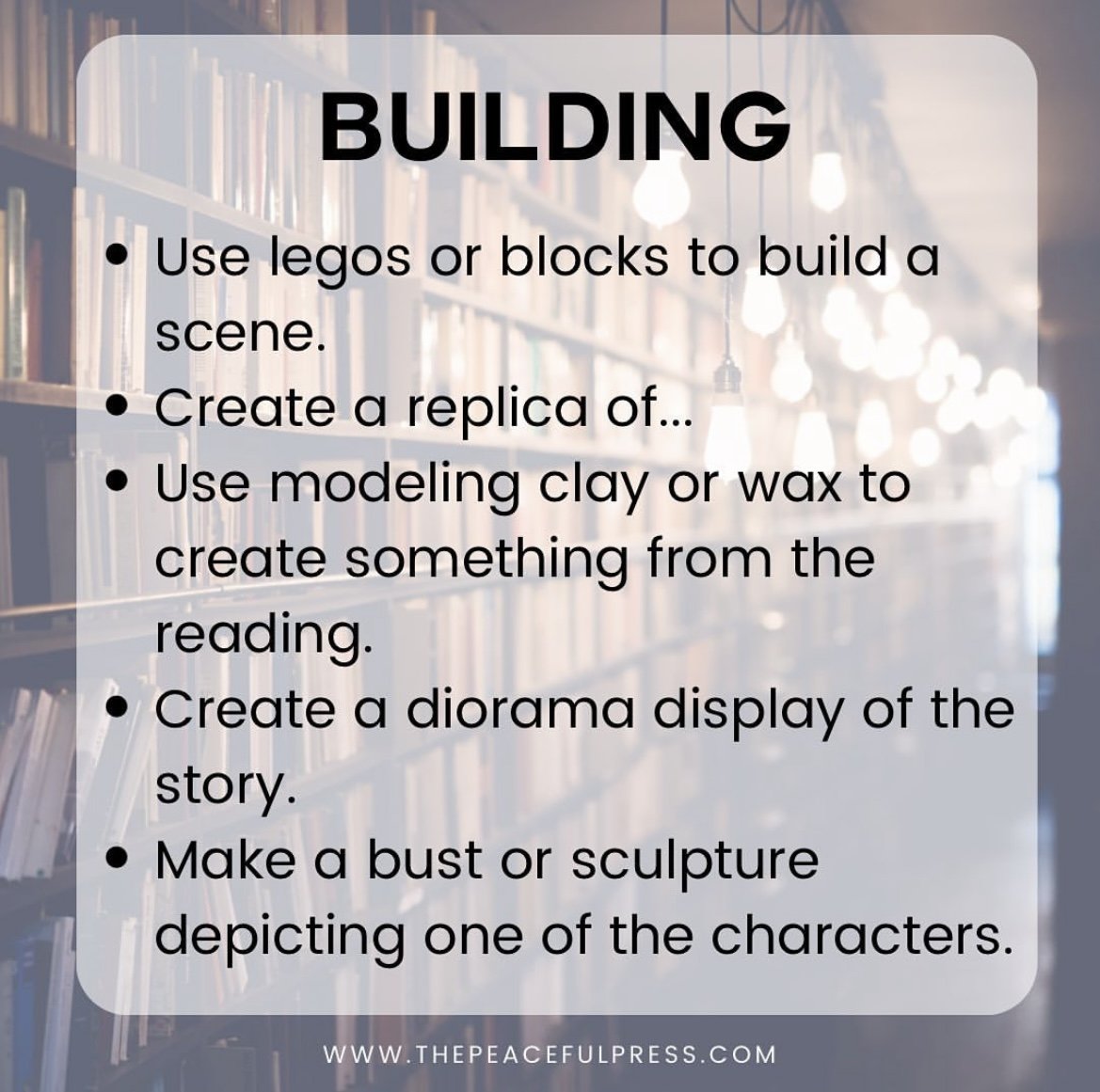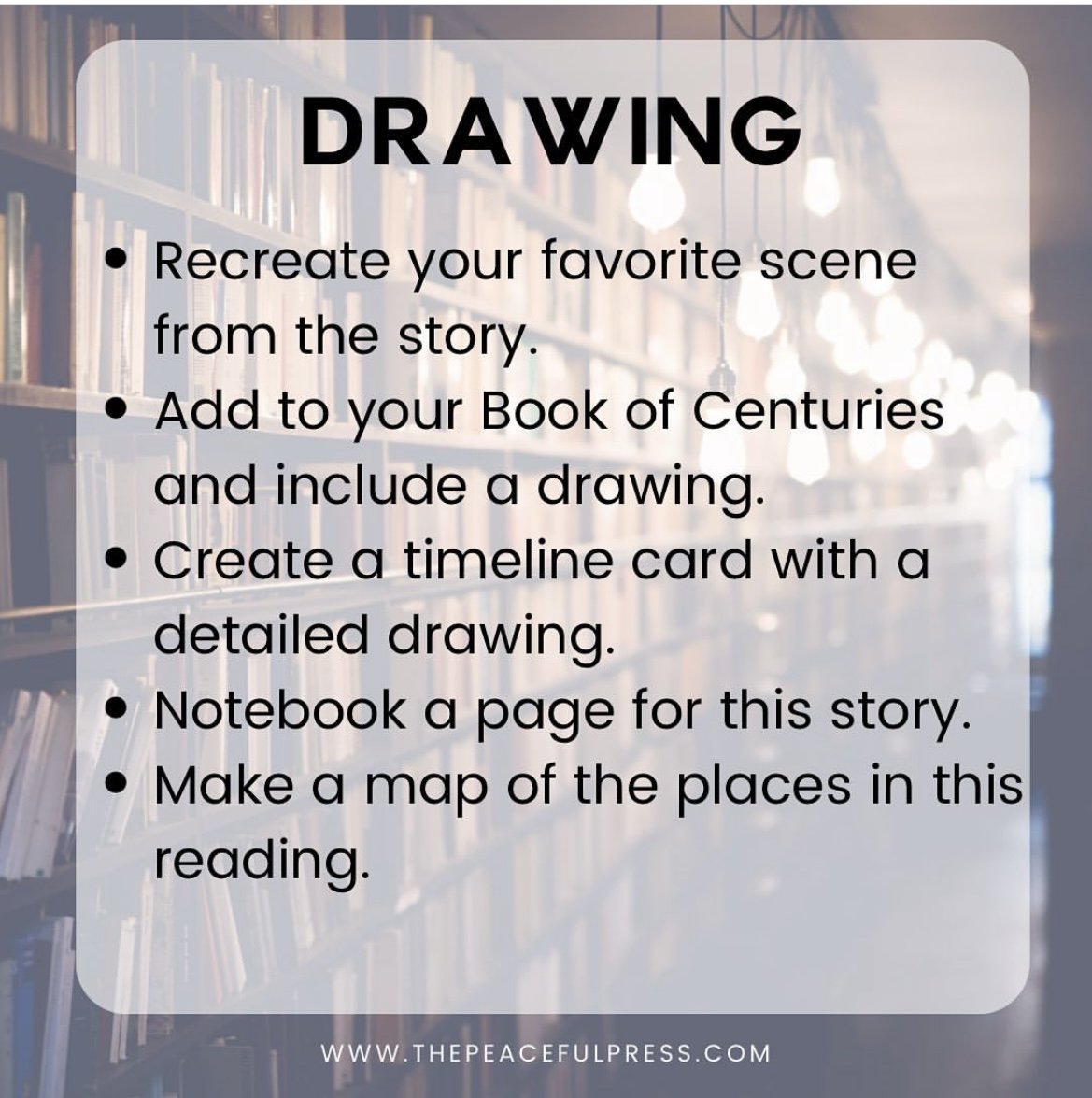How To Teach Narration
“Narrating is an art, like poetry-making or painting, because it is there, in every child’s mind, waiting to be discovered…”
-Charlotte Mason
“He must generalize, classify, infer, judge, visualize, discriminate, labor in one way or another, with that capable mind of his, until the substance of his book is assimilated or rejected, according as he shall determine; for the discrimination rests with him and not with his teacher.”
-Charlotte Mason
These two quotes encapsulate so much that we could create an entire Mothers' Education course on the topic. Do you use narration in your homeschool lessons? We have found it to be a wonderful tool for learning.
Every child naturally narrates; they tell us everything they see and know all day long from about as soon as they have the words to do so. Are you listening?
With narration, the key is to allow the process to occur. Start around age 5 or 6 and just let your child tell you back a story you read to them. Listen and let that be it. As they grow, add in a little bit of leading questions (see the slides) or ways they can creatively express how they are connecting ideas from their texts.
Narration is a journey. It is oral composition that shifts to written work over the years. It belongs to the student, and you are simply a guide.
What ideas for narrating would you add to our lists?
If you would like living books to be the core of your curriculum so your students have great material to narrate, our year long elementary resources include suggestions for the very best books!
